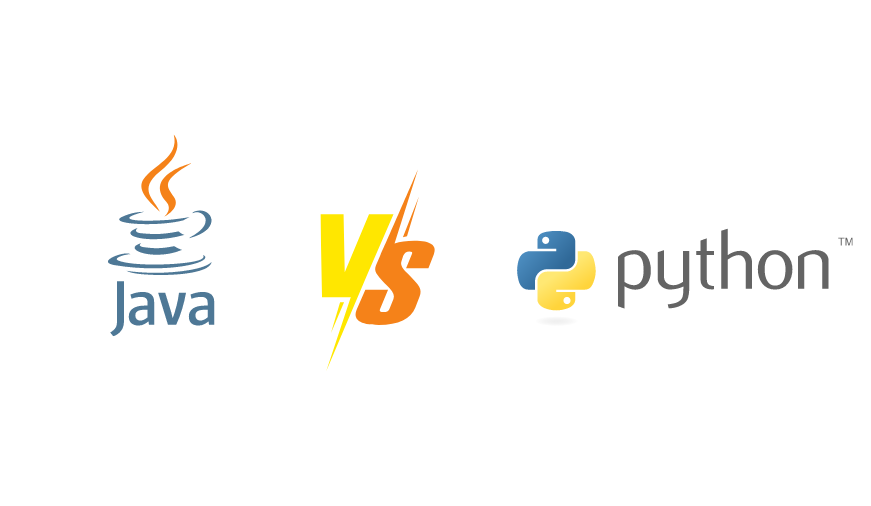


Java and Python are two of the most popular and widely-used programming languages today. Both are excellent choices for a beginner and are also in high demand in the professional world. While they share many similarities, such as being open-source and cross-platform, each has its strengths and weaknesses, and the choice between them depends on your use case, career goals, and personal preferences.
Java: Known for its strict syntax, Java requires a more verbose and rigid structure. Every statement must end with a semicolon, and code must be enclosed within classes. Java is statically typed, meaning data types must be explicitly declared.
Python: Python's syntax is known for being more concise and readable, making it easier for beginners to pick up. Python is dynamically typed, meaning variables can be assigned without declaring their types. This allows for faster prototyping but can lead to runtime errors if not handled carefully.
Java: Java is typically faster in terms of execution speed because it is compiled into bytecode and runs on the Java Virtual Machine (JVM). This makes Java suitable for performance-critical applications such as large-scale enterprise systems or Android apps.
Python: Python is an interpreted language, which can make it slower than Java in execution. However, Python's flexibility and ease of use often outweigh its performance drawbacks for most applications. Python excels in data science, machine learning, and scripting tasks, where development speed is more critical than runtime speed.
Java: Java is widely used for developing large-scale enterprise applications, Android mobile apps, and web applications using frameworks like Spring and Hibernate. It is also favored in industries requiring robust, high-performance systems (e.g., banking and telecom).
Python: Python shines in data science, machine learning, artificial intelligence, and scientific computing. It is also used extensively for web development with frameworks like Django and Flask. Python's simplicity makes it ideal for automation, scripting, and rapid prototyping.
Java: Java offers a broad ecosystem of libraries and frameworks for web development (e.g., Spring, Hibernate), desktop applications (e.g., JavaFX), and Android development. It's preferred for building complex, high-performance systems.
Python: Python has a vast array of libraries and frameworks, especially in fields like data analysis (Pandas, NumPy), machine learning (TensorFlow, Scikit-learn), and web development (Django, Flask). Python's simplicity and extensive libraries make it popular among data scientists and web developers.
Java: With its stricter syntax and more verbose code structure, Java tends to have a steeper learning curve, especially for beginners. However, it provides a strong foundation in programming concepts, especially OOP.
Python: Python’s readable and intuitive syntax makes it one of the best choices for beginners. It emphasizes readability and allows developers to express complex concepts in fewer lines of code, making it easier to learn and more productive.
Both languages boast large, active communities, with numerous tutorials, forums, and documentation available online. Java has been around for longer, so it has a more mature ecosystem, especially in the enterprise world. Python, however, has seen a massive surge in popularity due to its role in data science and AI.
Benefits:
Disadvantages:
Benefits:
Disadvantages:
Performance: Slower than compiled languages like Java due to its interpreted nature.
The decision between Java and Python depends largely on your goals:
Both Java and Python are excellent choices for any programmer, offering robust tools for building scalable, cross-platform applications. If you’re a beginner, Python’s readability and simplicity make it a great first language, while Java's performance and scalability are unmatched in enterprise development.
0 comments